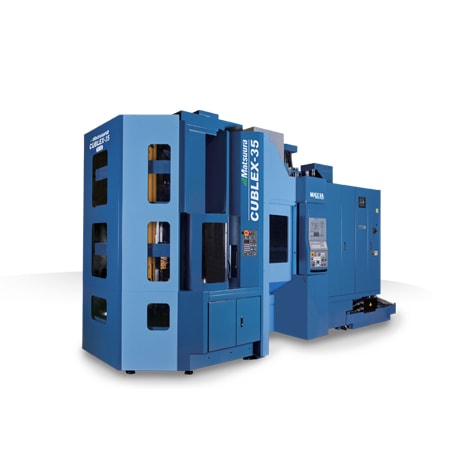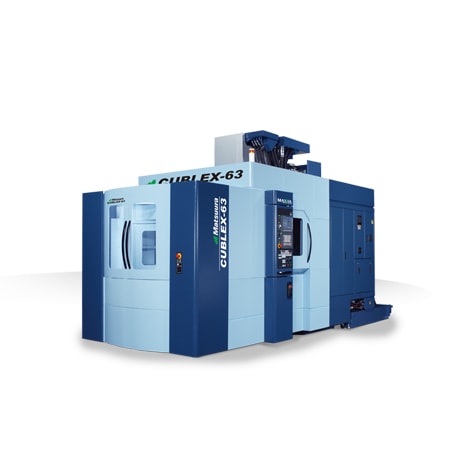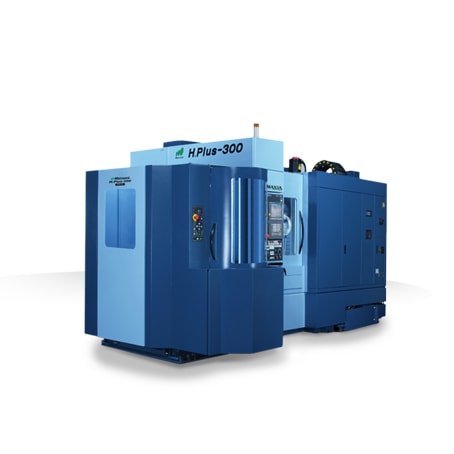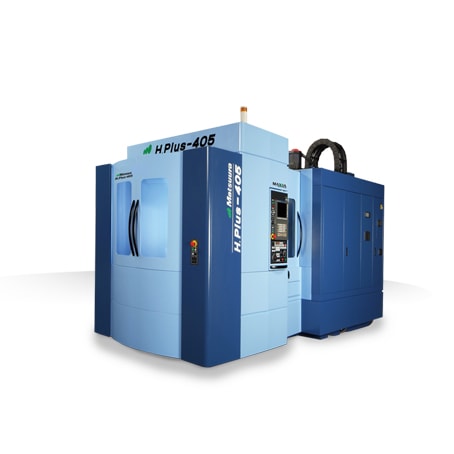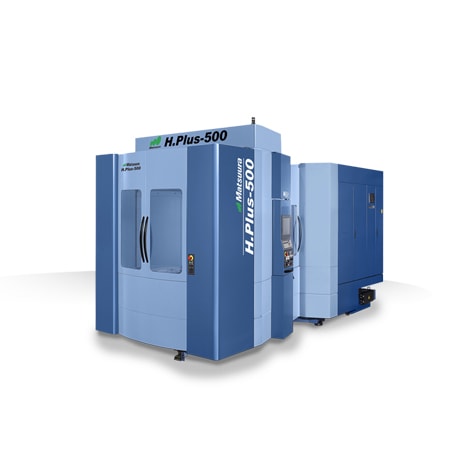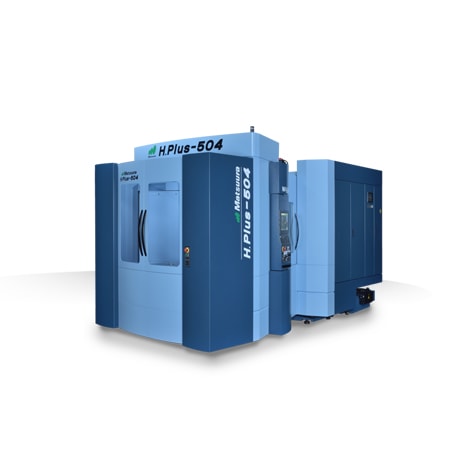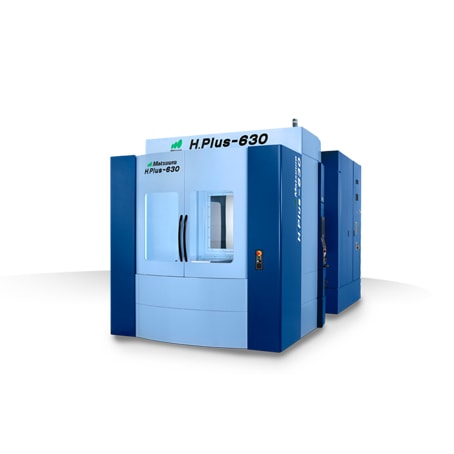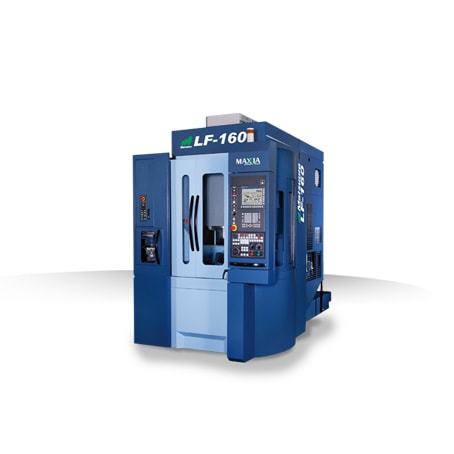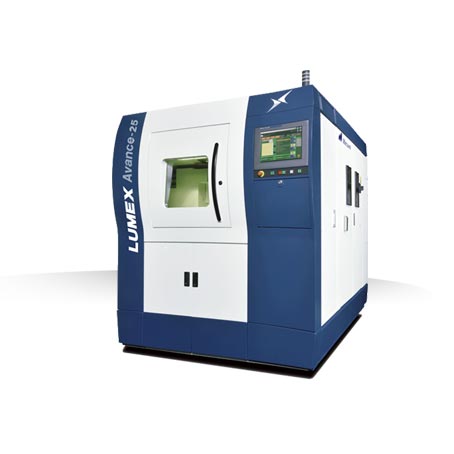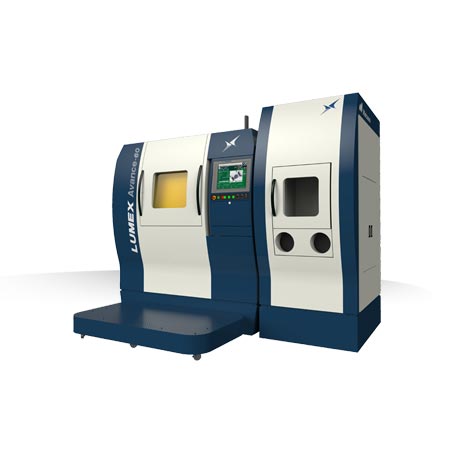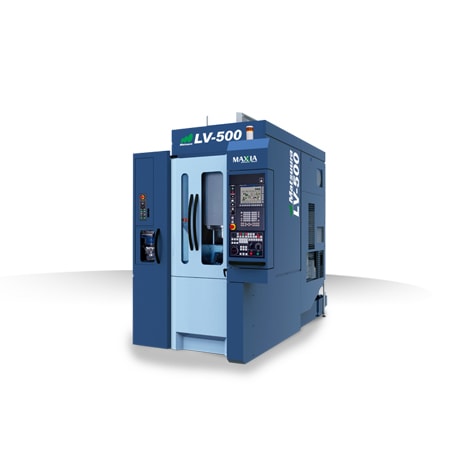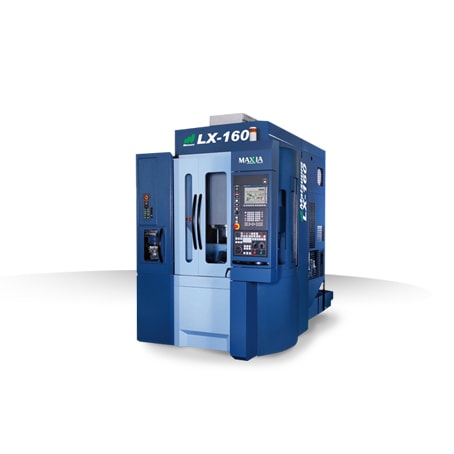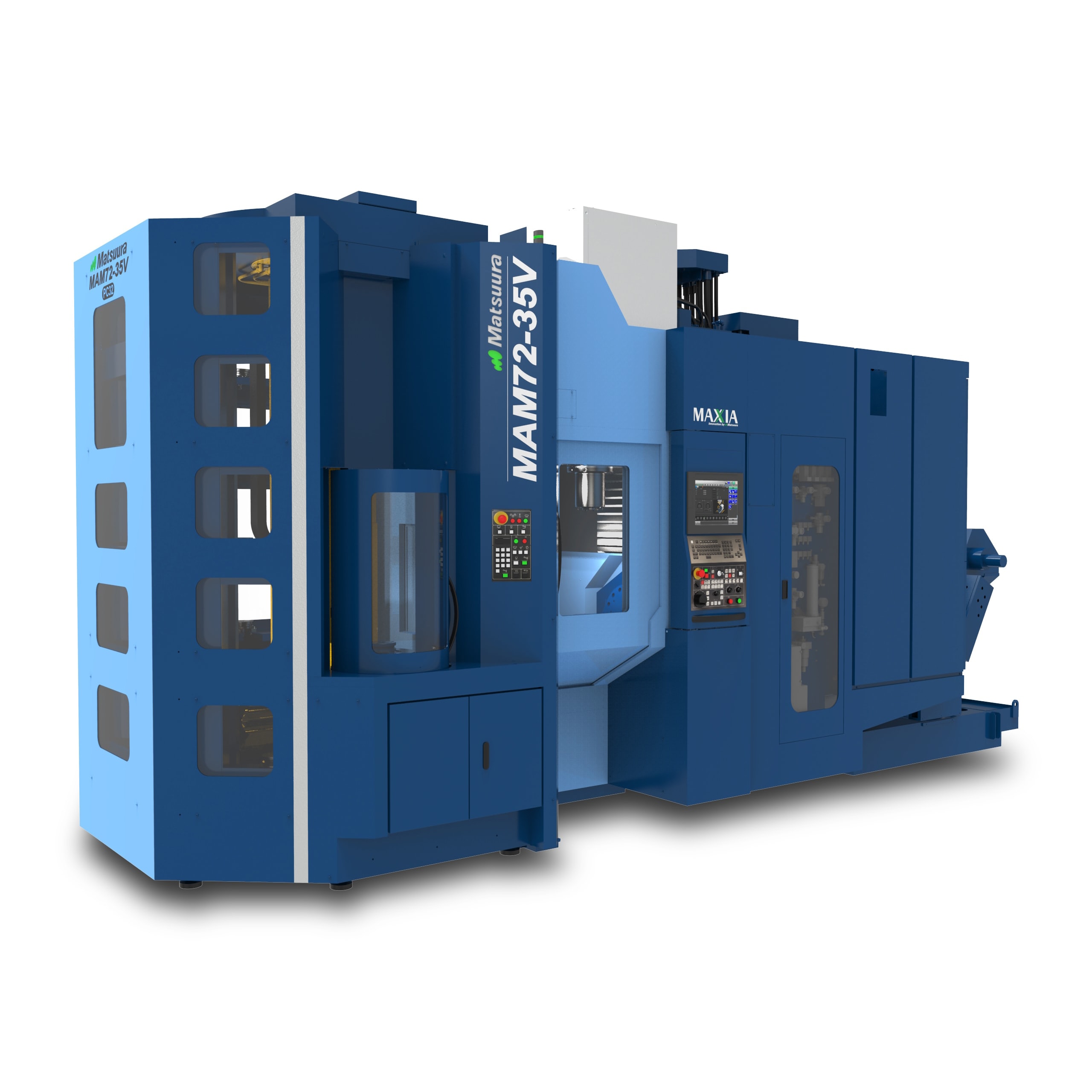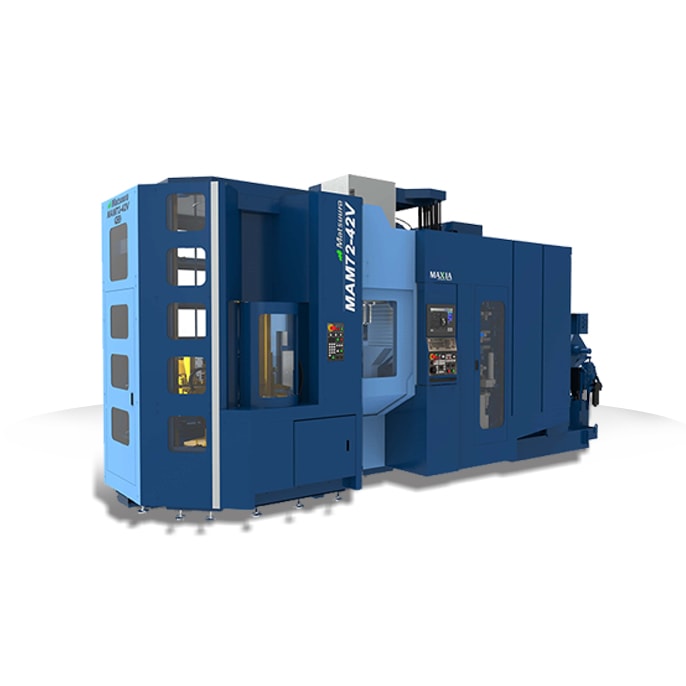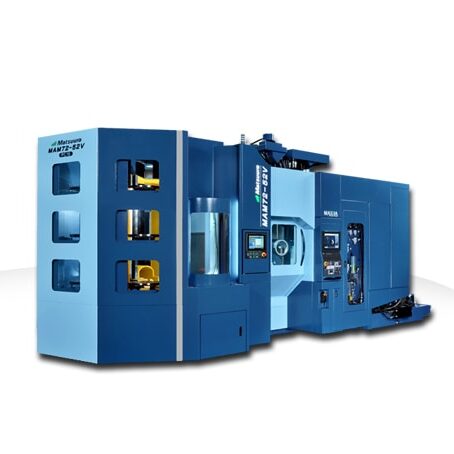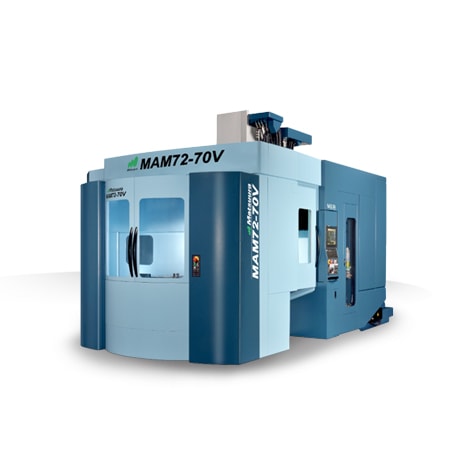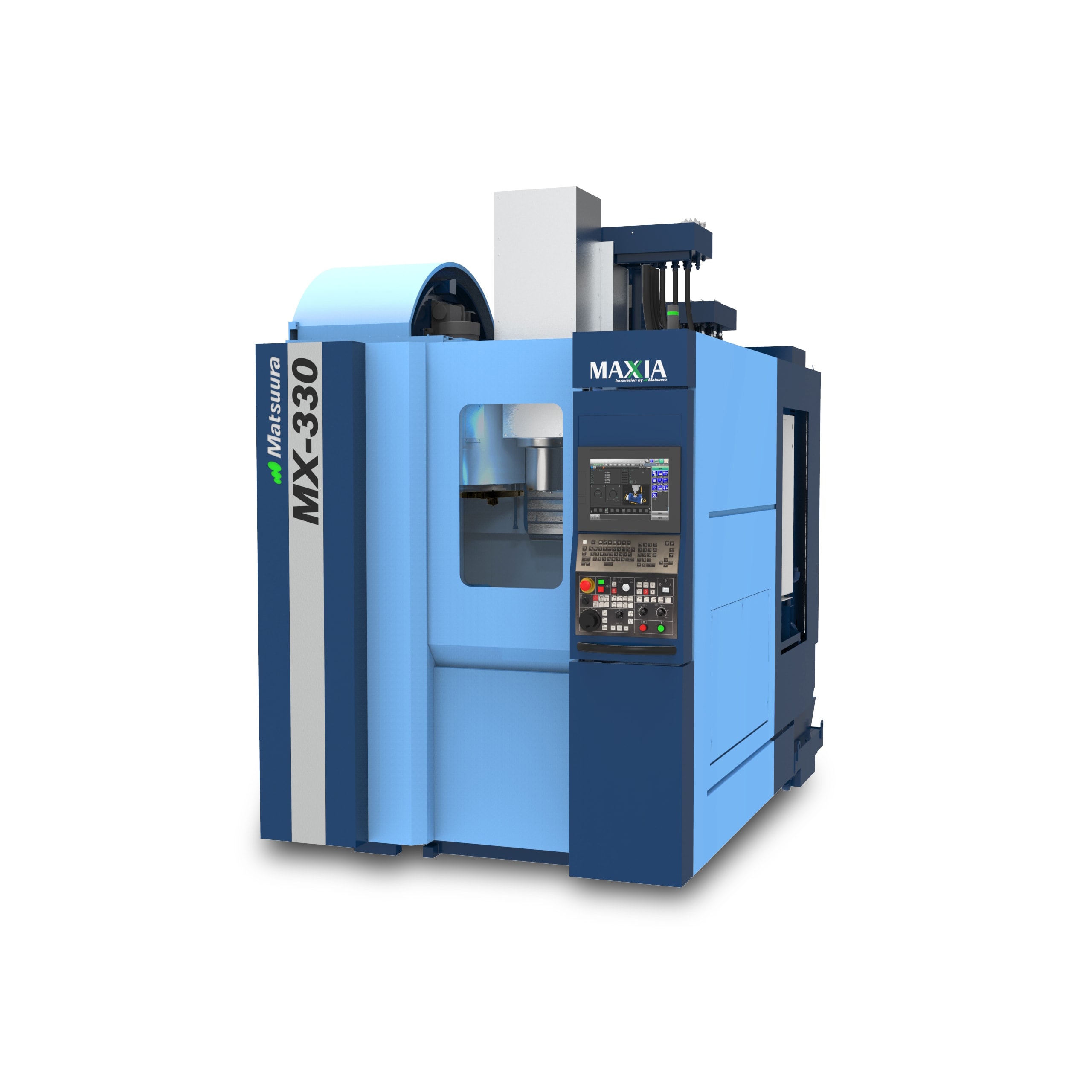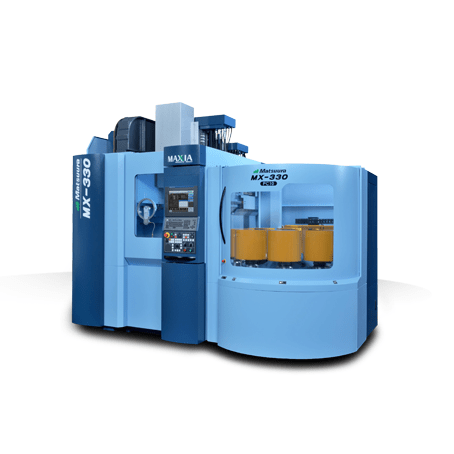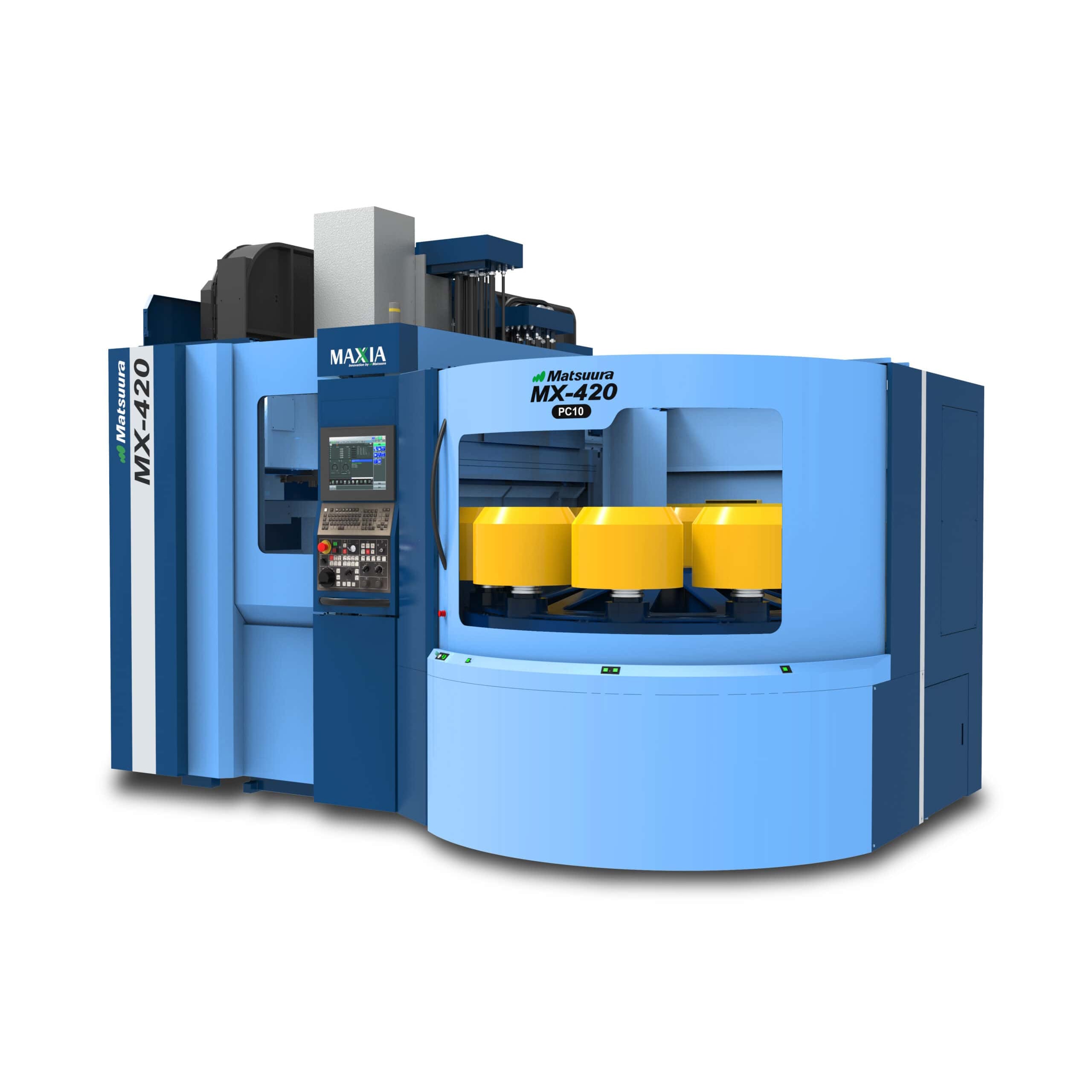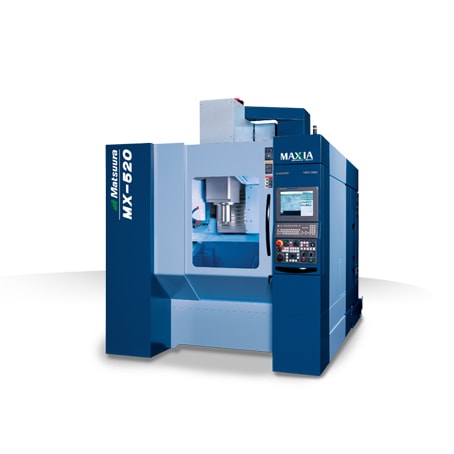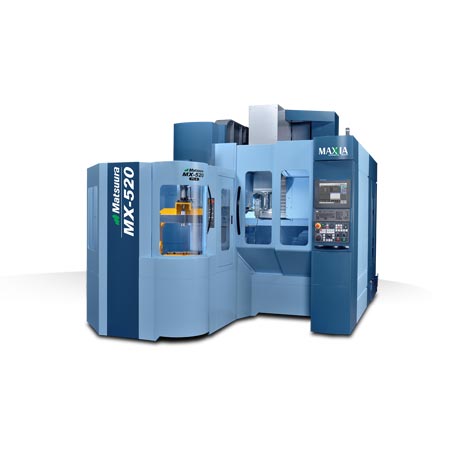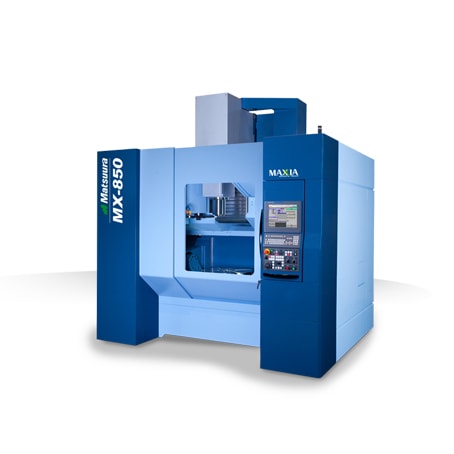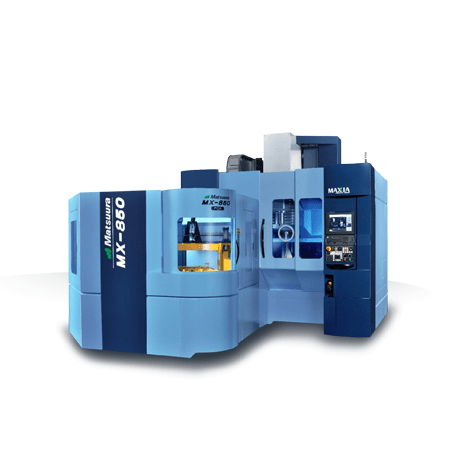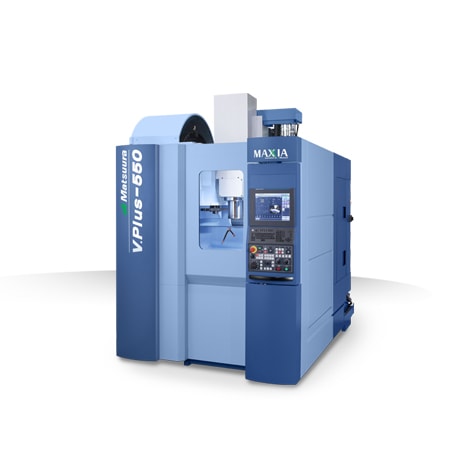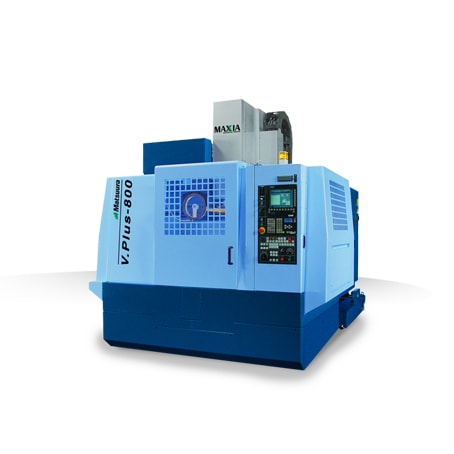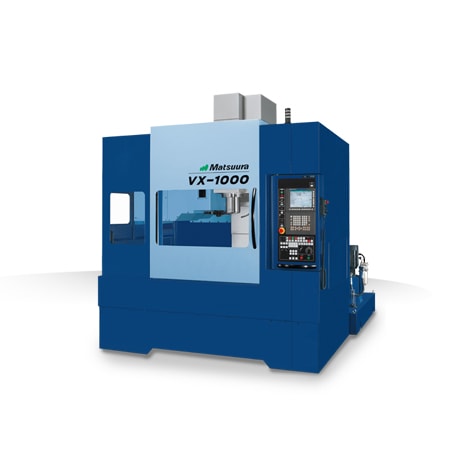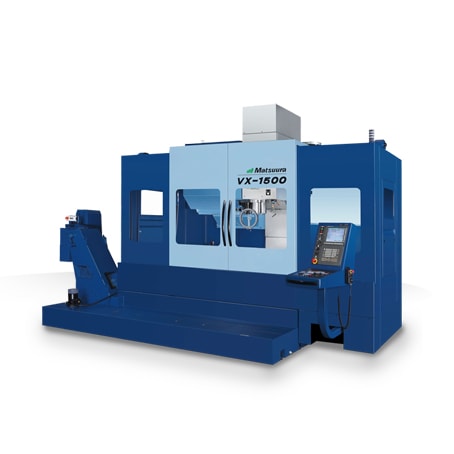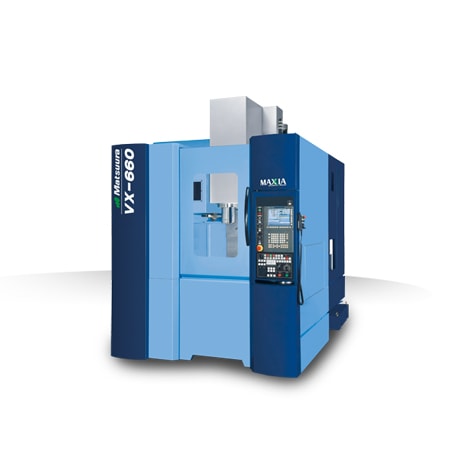St. Paul, MN (April 19, 2022) — The production of plastic injection mold tooling can typically take up to four months, between the sign-off of a part design and delivery of the tooling. To resolve this challenge, OGM, a world-class plastic injection molding, component assembly and additive manufacturing company located in the UK, have invested in the latest hybrid additive manufacturing technology, which allows the creation of hard steel plastic injection mold tools in just four weeks.
Matsuura Machinery UK customer, OGM’s investment in the Matsuura LUMEX Avance-25 metal additive and machining technology, combined with their continually developing expertise in this emerging field, results in an innovative solution for producing plastic injection mold tooling.
OGM’s CNC hybrid metal additive manufacturing system combines advanced additive manufacturing, using direct metal laser sintering (DMLS), with conventional CNC machining technologies in a single, integrated process. This can produce plastic injection mold tooling quickly, consistently and to extremely high levels of accuracy.
OGM’s Matsuura LUMEX Hybrid metal additive manufacturing combines the latest laser metal additive technology with conventional CNC machining in a single, integrated system. Intricate parts can therefore be formed in a wide range of metals, which finishing taking place during the manufacturing process.
Hybrid Metal Additive Manufacturing and machining is an extremely effective method of creating conformal cooled injection mold tool inserts.
Inserts traditionally produced through machining and EDM contain straight cooling paths. Conformal cooled inserts produced in our process incorporate complex curved, shaped or spiral cooling channels. These can easily be formed in small, narrow or awkwardly shaped inserts.
The result is a new generation of mold tools, with consistent and accurate cooling across the entire forming area, even within small or awkwardly shaped pockets. In turn, this eliminates many of the problems of distortion and poor part quality, which are traditionally associated with inefficient cooling.
Efficient injection mold cooling is essential to achieving short cycle times and high-quality parts. However, creating the more effective conformal style of cooling channels, particularly within complex shaped molds, can be challenging.
Speed is of the essence in the production of injection molded components. Manufacturers need to get their designs from concept to production as quickly as possible so that time-to-market targets can be met. Molders also need to achieve the shortest possible part production cycle times to maximize productivity and keep unit costs down.
The manufacture of mold tools suitable for the high-volume production of complex parts is a time-consuming process; lead-times of up to four months between design sign-off and first part production are not uncommon. Moreover, the performance of a tool – especially its ability to cool parts effectively prior to ejection – determines the cycle time, quality and overall productivity of the molding process.
Water plays a critical role in the plastic injection molding process, ensuring that the part is cooled and solidified in the mold cavity and gains sufficient structural rigidity prior to it being ejected. To achieve the short cycle times and high productivity rates required for low cost, high volume parts, cooling water is passed through channels created within the mold tool to accelerate this solidification process.
As well as boosting injection molding productivity, rapid, even cooling is also vital for part quality. Appropriate control of the cooling rate affects the mechanical properties and surface finish of the part, and if areas of the material are insufficiently cooled within the mold, they can shrink excessively after ejection, leading to distortion, poor tolerances and unacceptably high reject rates.
Conventionally, these cooling channels are drilled through the mold material during tool manufacture; and while this approach is simple, where the part geometries are more complex, it can be difficult to run straight cooling channels close enough to the mold cavity for efficient heat transfer.
A further complication arises when cooling channels must compete with features such as ejector pins, or moving inserts, for space within the tool. Illustrative of this is the production of box shapes, such as electronic enclosures, where the best position for the ejectors is usually at the more structurally strong corners. Unfortunately, these points are also the hardest to cool and even minor shrinkage at the corners of a box due to inadequate cooling can lead to significant distortion of adjacent walls.
Sometimes, as in the case of the slender cores used to create the internal surfaces of thin hollow parts, it is impossible to provide a straight cooling path through the tool and often requires elaborate workarounds during tool manufacture. For example, a toolmaker might drill two parallel channels, connect them with a cross channel and then add material to seal its ends, or they may insert a baffle into a larger blind hole to create inlet and outlet pathways for coolant. These all add cost and complexity to the mold making process, while some mold features may be too small to accommodate them altogether.
Poor cooling performance creates a dilemma for plastic injection molders. Either they accept high levels of distortion, or they slow down the production process, allowing the part to cool in the mold for longer. Taking the latter route inevitably increases the overall cycle time, damaging productivity and driving up part costs.
Conformal Cooling:
Changing the shape of the fluid channels within the mold from straight lines to curves allows them to follow the part surfaces more closely, negotiate obstacles like ejector pins, and squeeze into inaccessible areas. This ‘conformal cooling’ approach has been around for a long time, but it is rarely used in production applications, as there is significant manufacturing complexity involved in building tools with such conformal cooling channels.
Using conventional subtractive machining, conformally cooled tools require molds to be created in laminations. The cooling channels are machined into the surface of these laminations, which are then stacked on top of each other to create the finished tool. The technique adds significant time and cost to the tool making process; it can also result in less durable tools and does not provide a solution for all part geometries.
More recently, additive manufacturing technologies have provided an alternative method of incorporating conformal cooling channels in plastic injection molds. Direct metal laser sintering, for example, allows the formation of complex shapes from powder metallic materials, enabling channels of almost any shape to be incorporated into a design; the process does have its drawbacks, however. It is costly and time consuming, for one, and the surfaces created are not smooth enough for the purposes of injection molding, requiring extensive secondary machining operations and adding further to costs and tool production lead times.
A new, fast hybrid approach:
There is now a new technique which promises to overcome some of the barriers that have prevented the wider uptake of conformal cooling by the industry. Combining additive manufacturing and conventional CNC machining technologies, the Matsuura LUMEX Avance-25 now installed at OGM’s site near Oxford – and believed to be the first of its kind in the UK – builds steel mold tools complete with conformal cooling channels layer by layer using a laser.
As each layer is deposited, an automated secondary CNC machining process removes excess material to provide a dimensionally accurate, fine surface finish. The material produced by this process is hard enough (HRC 35) to meet the needs of many production applications without subsequent heat treatment; if required, a full range of textured or polished surface finishes can be applied using industry standard secondary processes.
Cooling channel designs are able to make optimal use of the capabilities offered by this process, to create parts dubbed ‘ConformL Cool Inserts’ by OGM. For example, as well as allowing cooling channels to take any route through the tool, the process also removes the necessity for those channels to be round. Elliptical, rectangular and even teardrop designs can maximize heat transfer for a variety of applications. Moreover, special ‘trip’ features can be incorporated within the channels to promote turbulent coolant flow which increases the heat transfer rate.
OGM says that its new approach allows customers to obtain steel tools suitable for high volume production in as little as four weeks, less than a third of the time required for conventional toolmaking. Furthermore, the technology developed to manufacture complex conformal cooling channels – which can significantly improve the in-mold cooling of complex parts – not only boosts part quality but can also cut molding cycle times by up to 20%.
OGM is currently taking this development forward with a variety of offerings, including custom-built inserts that can be incorporated into conventionally manufactured tools to address hard-to-cool areas, as well as a range of standard inserts, including ejector units with built-in cooling channels.
The ability to build complete mold tools – complete with complex cooling channel geometries and designs – in a one-hit automated process can lead to significant design-to-part lead-time reductions. Thanks to hybrid additive manufacturing, compelling commercial benefits are offered to companies operating in fast-moving, time-sensitive markets.
To discover more about OGM, please visit: www.ogm.uk.com
For more information about Matsuura products in the UK, please visit: https://www.matsuura.co.uk/
Matsuura’s LUMEX Production Services
Matsuura, the North American experts in Metal 3D Printing and High-speed Milling offers quick-turn prototyping producing a wide range of parts, including unique functional prototypes and low to mid-volume production runs.
“Due to unprecedented customer interest and demand, Matsuura’s Metal Additive Manufacturing Service Bureau is now providing the production of 3D Metal printed and machined parts,” said Tom Houle, Director, LUMEX, NA.
With Matsuura’s Metal 3D Printing, the production of high-volume mold components with conformal cooling and integrated porous venting will minimize the need for traditional EDM processes and provide significant savings to the production of molded plastic components. Customers can lower their capital equipment investments for tooling and molding machines while reducing mold cavitation requirements and accelerating Return on Investment (ROI).
“Products and shapes previously impossible to manufacture (including: ultra-deep ribs, 3D mesh, hollows, free-form surfaces, and porous structures) can now be produced using the LUMEX Technology,” Houle added.
Matsuura USA established a state-of-the-art Additive Manufacturing Center to promote the use of metal 3D printed parts as a solution to continuing supply chain challenges and delays. Visit our LUMEX Production Services page to learn more.
“The LUMEX team in our Additive Manufacturing Center, along with our collaboration with the Customer Solutions team and machine designers in Japan and Germany, will help customers quickly realize the benefits of additive manufacturing,” Houle said.
“Our team’s insight into the process and the technology, will assist in modification of your traditional designs into suitable 3D Metal Printing,” Houle explained.
Matsuura’s LUMEX Avance-25 and Avance-60 machines minimize mold assembly; create superior mold performance; reduce lead time; and performs high-precision machining without EDM. With Matsuura, building mold components with conformal cooling and porous venting will provide significant savings to the production of molded plastic components.
“Matsuura is committed to advancing the technology with manufacturing companies throughout the US and Canada. With almost two decades of experience, we possess first-hand knowledge of the machine’s operation and will deliver the best opportunity for our customers to achieve success in Metal 3D Printing,” Houle said.
Matsuura customers are seeing the value that comes with implementing additive manufacturing technology. With multiple customer case studies, all showing 25% to 45% reductions in cycle time reductions, the Matsuura LUMEX Technology is transformative in the industry.
“Metal 3D Printing can benefit Tooling, Injection Molding, CNC Machining, and Die Casting processes and operations. We will work with you throughout the entire 3D Printing process, including through the design to enable our customer’s to fully realize the benefits throughout the life of their products,” Houle concluded.
Matsuura Machinery USA, Inc., located in St. Paul, MN is the U.S. subsidiary of Matsuura Machinery Corporation in Japan. Since 1935, Matsuura has been the forerunner in designing innovative technology and manufacturing solutions to a variety of industries around the globe. Matsuura Machinery USA, Inc. delivers unmatched excellence in 5-axis, vertical, horizontal, linear motor, multi-tasking CNC machine tools and machines with a powder bed metal AM platform with machining capability. Matsuura Machinery USA, Inc. provides the service, applications and technical field support that have always been the Matsuura standard for business.
Click here for more information about LUMEX Production Services or contact: [email protected].
#MatsuuraUSA #Matsuura #LUMEX #3d #3dprint #metal #metaladditive #additive #manufacturing #milling #machining #am
Matsuura Machinery USA, Inc., located in St. Paul, MN is the U.S. subsidiary of Matsuura Machinery Corporation in Japan. Since 1935, Matsuura has been the forerunner in designing innovative technology and manufacturing solutions to a variety of industries around the globe. Matsuura Machinery USA, Inc. delivers unmatched excellence in 5-axis, vertical, horizontal, linear motor, multi-tasking CNC machine tools and machines with a powder bed metal AM platform with machining capability. Matsuura Machinery USA, Inc. provides the service, applications and technical field support that have always been the Matsuura standard for business.
For more information about Matsuura, please contact: [email protected] or visit: www.matsuurausa.com.
